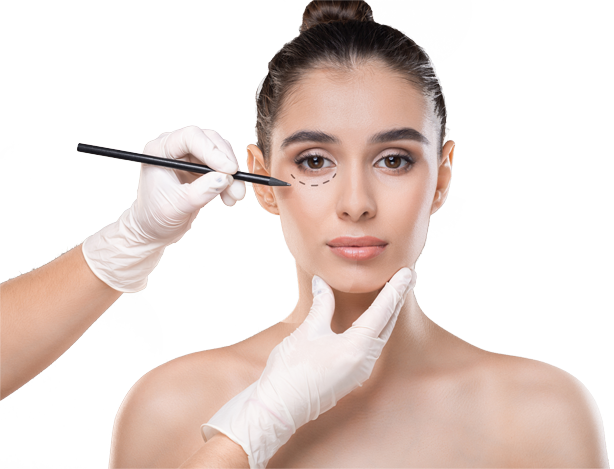Ears and nose piercing with surgical stainless-steel studs
Most Popular Procedures
Ear and nose piercings with surgical stainless-steel studs are a common and safe practice. Surgical stainless steel is a type of metal that is commonly used in medical and surgical instruments due to its hypoallergenic properties, durability, and resistance to corrosion. It is a good choice for piercing jewellery as it is less likely to cause an allergic reaction or irritation compared to other metals.
When getting a piercing with surgical stainless-steel studs, it’s important to choose a reputable and experienced piercer who uses sterile techniques and proper equipment. They should also provide you with aftercare instructions to help ensure proper healing and minimize the risk of infection or other complications.
After the piercing, it’s important to avoid touching the piercing with dirty hands, keep the area clean and dry, and avoid submerging the piercing in water for a period of time. It’s also important to avoid changing the jewelry too soon, as this can disrupt the healing process and increase the risk of infection.
Faq
Frequently Asked Questions
A: Yes, surgical stainless steel is a safe and commonly used material for ear and nose piercing jewellery. It is hypoallergenic and less likely to cause an allergic reaction or irritation compared to other metals.
A: When choosing a piercer, look for someone who is experienced, reputable, and uses sterile techniques and proper equipment. They should also provide you with aftercare instructions to ensure proper healing and minimize the risk of complications.
A: Healing time can vary depending on the individual and the location of the piercing, but it typically takes several weeks to several months for ear and nose piercings to fully heal. It's important to follow aftercare instructions and avoid changing the jewellery too soon to ensure proper healing.
A: It's best to avoid submerging the piercing in water for a period of time, such as swimming or taking a bath, to minimize the risk of infection or other complications. You can shower with the piercing, but it's important to avoid getting shampoo or soap on the piercing and to dry the area thoroughly afterward.
A: It's important to wait until the piercing is fully healed before changing the jewelry. Changing the jewelry too soon can disrupt the healing process and increase the risk of infection or other complications. Your piercer will be able to advise you on when it's safe to change the jewellery.






